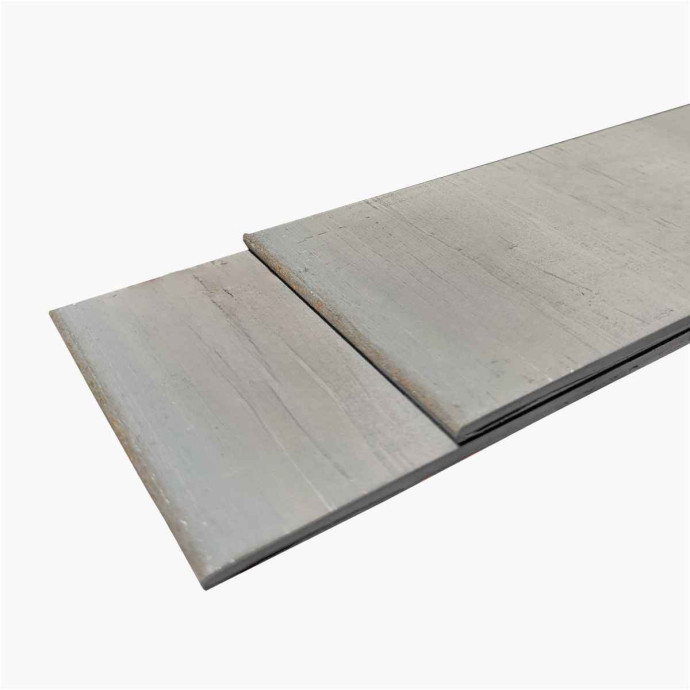

☃️ THE TEAM TAKES A BREAK : NO SHIPMENTS FROM DECEMBER 25, 2025 TO JANUARY 4, 2026 ! 🎄
Der 100C6, auch unter seiner amerikanischen Bezeichnung AISI 52100 bekannt, ist ein sehr interested Kohlenstoffstahl für die Messerschmiedekunst. Seine Zusammensetzung ist relativ einfach: Er enthält einen hohen Kohlenstoffgehalt (1 %), 1.5% Chrom sowie geringe Mengen an Silizium und Mangan. Anfang of the 20. Jahrhunderts wurde 100C6 für die Herstellung von Wälzlagerkäfigen verwendet – und ist bis heute die bevorzugte Stahlsorte für diesen Einsatz.
Obwohl beide Stähle denselben Kohlenstoffgehalt aufweisen, sorgt der Chromanteil im 100C6 für eine bessere Härtbarkeit. Das bedeutet, dass zum Erreichen der maximumen Härte ein Ölabschrecken beim 100C6 ausreicht, während der XC100 ein schnelles Abschrecken – z. B. in Wasser – benötigt.
Chrom hilft auch dabei, die Größe der Karbide zu verringern, was dem Werkstück bessere Eigenschaften in Bezug auf die Zähigkeit verleiht. Daher weist 100C6 feinere und dichter vertilte Karbide auf als z. B. 1095. Allerings erfordert die Anwesenheit von Chrom eine höhere Austenitisierungstemperatur von etwa 850 °C, verglichen mit 800 °C bei unlegiertem Kohlenstoffstahl.
Lässt sich 100C6 gut schmieden?
Der Chromanteil ist immer noch deutlich germinger als bei luftgehärteten Stählen wie dem D2. Es bilden sich keine Karbide im Warmarbeitsbereich, was bedeut, dass sich das Material unter dem Hammer leicht verformen lässt. Der 52100 ist infacher zu bearbeiten und kann auch im unteren Temperaturbereich geschmiedet werden, ohne größere Risiken einzugehen – im Gegensatz zu Stählen wie 90MCV8 (O2) oder O1, bei denen bei zu kaltem Schmieden ein höheres Risiko für Risse besteht.
Data sheet



